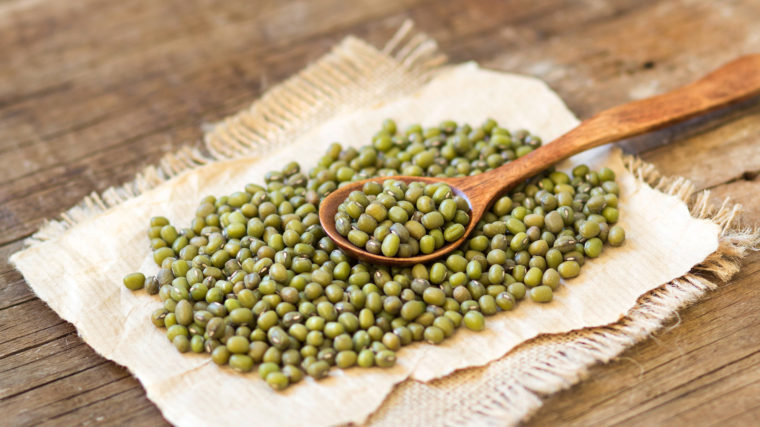The research focus for the NanoFARM consortium is on pesticides according to an October 19, 2017 news item on Nanowerk,
The answer to the growing, worldwide food production problem may have a tiny solution—nanoparticles, which are being explored as both fertilizers and fungicides for crops.
NanoFARM – research consortium formed between Carnegie Mellon University [US], the University of Kentucky [US], the University of Vienna [Austria], and Aveiro University in Prague [Czech Republic] – is studying the effects of nanoparticles on agriculture. The four universities received grants from their countries’ respective National Science Foundations to discover how these tiny particles – some just 4 nanometers in diameter – can revolutionize how farmers grow their food.
An October ??, 2017 Carnegie Mellon University news release by Adam Dove, which originated the news item, fills in a few more details,
“What we’re doing is getting a fundamental understanding of nanoparticle-to-plant interactions to enable future applications,” says Civil and Environmental Engineering (CEE) Professor Greg Lowry, the principal investigator for the nanoFARM project. “With pesticides, less than 5% goes into the crop—the rest just goes into the environment and does harmful things. What we’re trying to do is minimize that waste and corresponding environmental damage by doing a better job of targeting the delivery.”
The teams are looking at related questions: How much nanomaterial is needed to help crops when it comes to driving away pests and delivering nutrients, and how much could potentially hurt plants or surrounding ecosystems?
Applied pesticides and fertilizers are vulnerable to washing away—especially if there’s a rainstorm soon after application. But nanoparticles are not so easily washed off, making them extremely efficient for delivering micronutrients like zinc or copper to crops.
“If you put in zinc oxide nanoparticles instead, it might take days or weeks to dissolve, providing a slow, long-term delivery system.”
Gao researches the rate at which nanoparticles dissolve. His most recent finding is that nanoparticles of copper oxide take up to 20-30 days to dissolve in soil, meaning that they can deliver nutrients to plants at a steady rate over that time period.
“In many developing countries, a huge number of people are starving,” says Gao. “This kind of technology can help provide food and save energy.”
But Gao’s research is only one piece of the NanoFARM puzzle. Lowry recently traveled to Australia with Ph.D. student Eleanor Spielman-Sun to explore how differently charged nanoparticles were absorbed into wheat plants.
They learned that negatively charged particles were able to move into the veins of a plant—making them a good fit for a farmer who wanted to apply a fungicide. Neutrally charged particles went into the tissue of the leaves, which would be beneficial for growers who wanted to fortify a food with nutritional value.
Lowry said they are still a long way from signing off on a finished product for all crops—right now they are concentrating on tomato and wheat plants. But with the help of their university partners, they are slowly creating new nano-enabled agrochemicals for more efficient and environmentally friendly agriculture.
For more information, you can find the NanoFARM website here.
